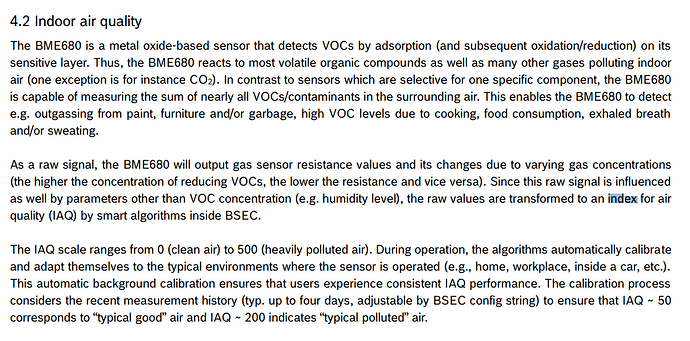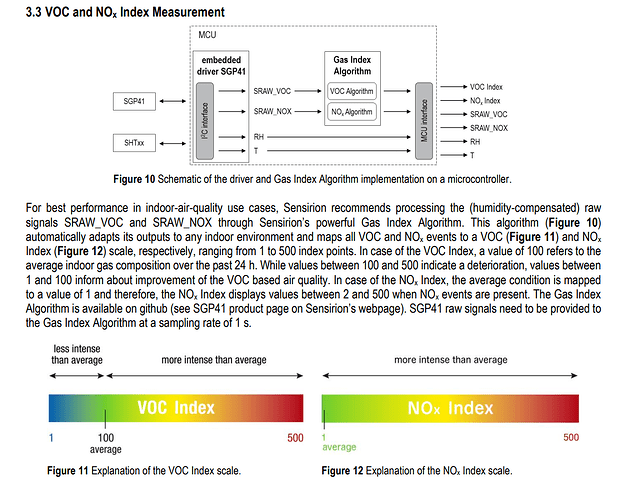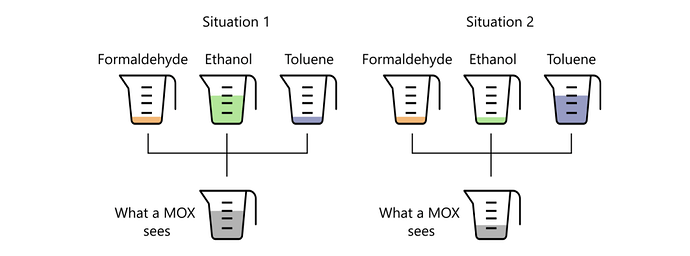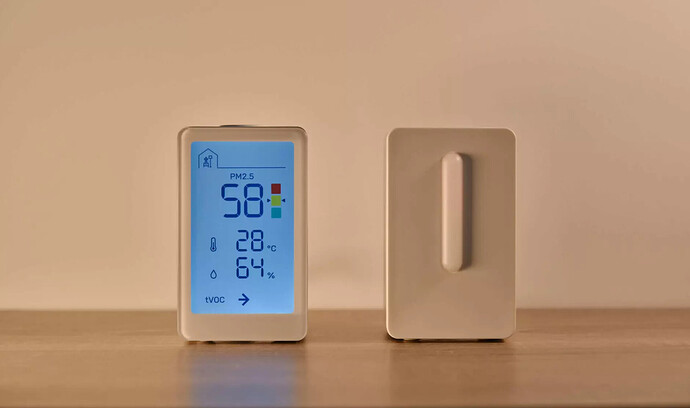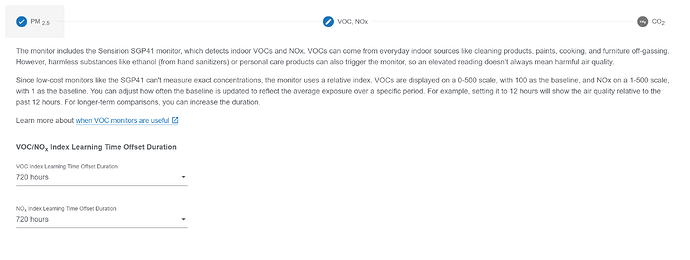When it comes to indoor air quality monitors, there are generally three pollutants that people care about:
- Particulate matter (PM0.3-PM10)
- VOCs (volatile organic compounds)
- CO2 (carbon dioxide)
For some, CO and radon sensors are also important, but I’ve found that most readers ask me to recommend a monitor with the above three sensors. While I’ve discussed CO2 and PM sensors at length, I thought it would be interesting to discuss VOC sensors in air quality monitors because they have a few caveats that few people know. They shouldn’t be trusted with absolute values - only with identifying trends. Why? Let’s discuss.
At the moment, the two most popular VOC sensors you will find in many indoor (and outdoor) air quality monitors are the Bosche BME680 and Sensirion SGP30, SGP40 and SGP41. Across all of the monitors I’ve reviewed in the past few months, I’ve seen one of these sensors in every monitor that monitors VOCs. In other words, they’re very common and used all across the industry.
Many people don’t know that these sensors show an index by default - not an absolute value. Below is an explanation of the index used by default for the BM680.
From Bosche BME680 datasheet.
In short, since the absolute values from VOC sensors aren’t very reliable (more on that soon), the companies that produce the sensors have generally opted to use indexes instead. In Bosch’s case, the VOC sensor adapts and calibrates itself frequently to set new baselines. This means an IAQ of 50 should always mean ‘typical good’ and 200 ‘typical polluted’ regardless of your environment. In other words, this number helps identify trends but not absolute values.
Sensirion VOC index from SGP41 datasheet.
Above is an explanation from Sensirion that recommends that air quality monitor manufacturers don’t use the raw output from their VOC sensors but rather use the Gas Index Algorithm. This algorithm functions the same as Bosch’s and sets 100 as the baseline ‘average’ air quality over a set period (which manufacturers can adjust). Therefore, any number below 100 indicates improving air quality, and any number above represents worsening air quality.
So, why do these manufacturers recommend this approach? It’s because consumer-grade VOC sensors aren’t very accurate unless you know the exact VOC composition of the measured air. This is because VOC sensors are more sensitive to certain compounds and less sensitive to others.
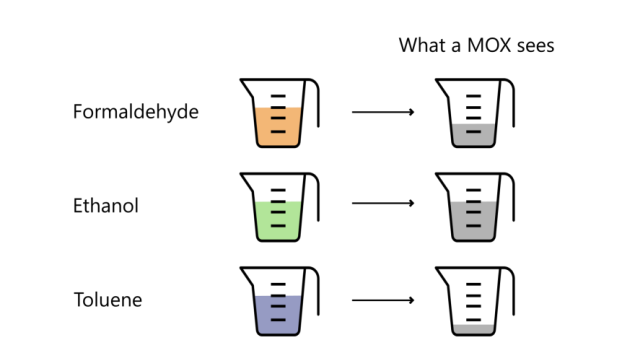
The above image from Sensirion shows how a metal oxide sensor (all of the VOC sensors mentioned in this post are MOX sensors) has different selectivity towards individual VOCs.
As you can probably guess, since MOX sensors have different sensitivities to different VOCs, and we can never know for sure the exact composition of our indoor or outdoor air, an absolute VOC concentration is not particularly useful or accurate. While many older VOC sensors (and some current ones) do give an absolute value, and even the sensors mentioned in this post can be adjusted to show absolute values, they’re not accurate and hence the choice by Bosch and Sensirion to use a relative index instead.
Based on this information, I don’t think anyone should choose a consumer-grade monitor based on VOC performance. None of them are particularly accurate, and the VOC concentration recorded by the device should be used only to identify trends in indoor air quality.
The IKEA Vindstryka shows only an up arrow (increasing), a side arrow (stable), or a down arrow (decreasing) for VOC levels. While I didn’t realise it then, this makes a lot of sense with the limitations of VOC sensors in air quality monitors.
One final note is that since these sensors regularly readjust their baselines (depending on the period set by the air quality monitor manufacturer), overall trends shouldn’t be trusted - only short-term trends over a day or less. Some monitors will allow you to adjust the autocalibration period, but it’s not common.
At the end of the day, having a VOC sensor in an air quality monitor is useful, but it’s important to know the limitations and caveats of such sensors. If you have any questions, please don’t hesitate to ask below!
